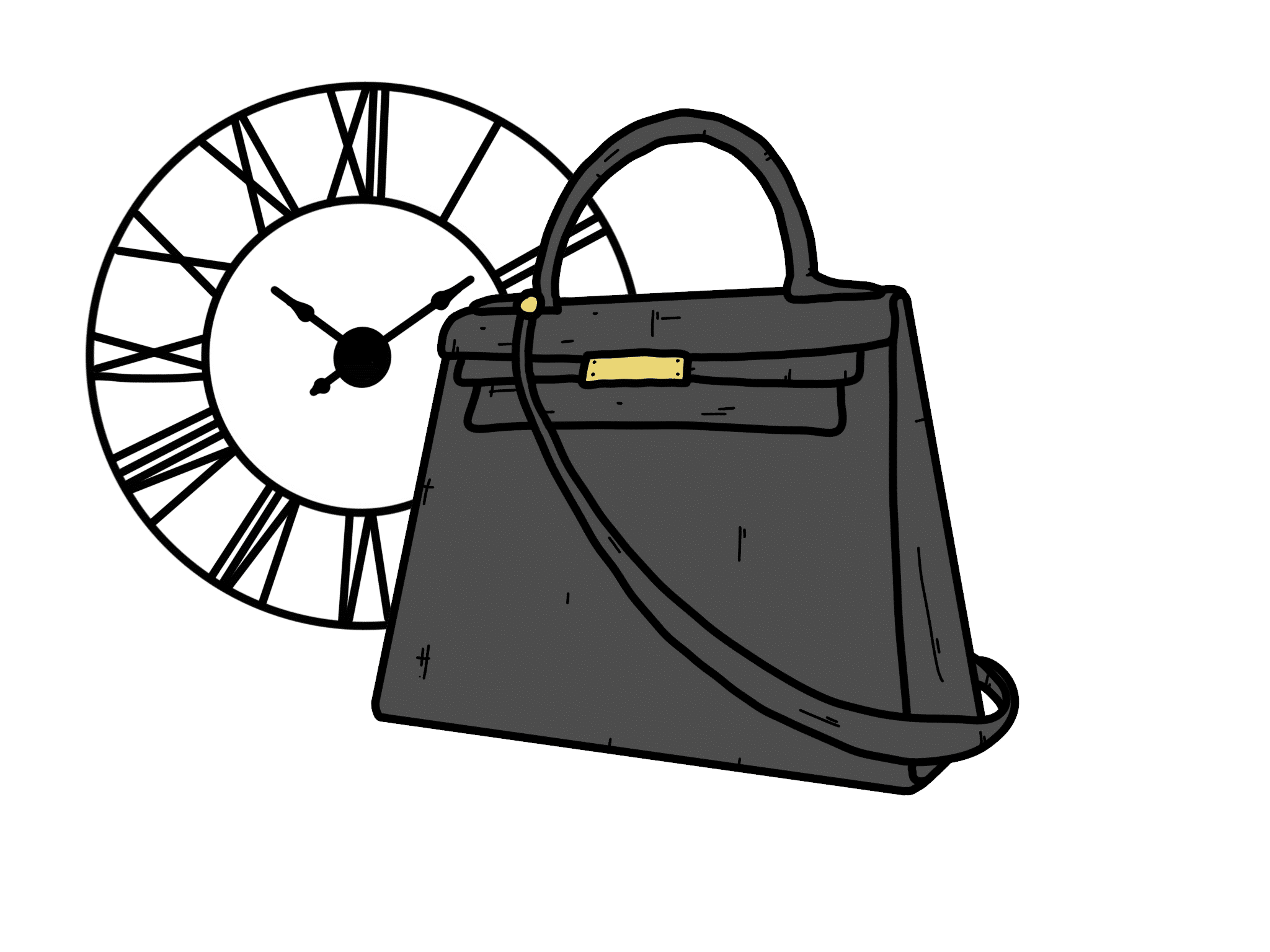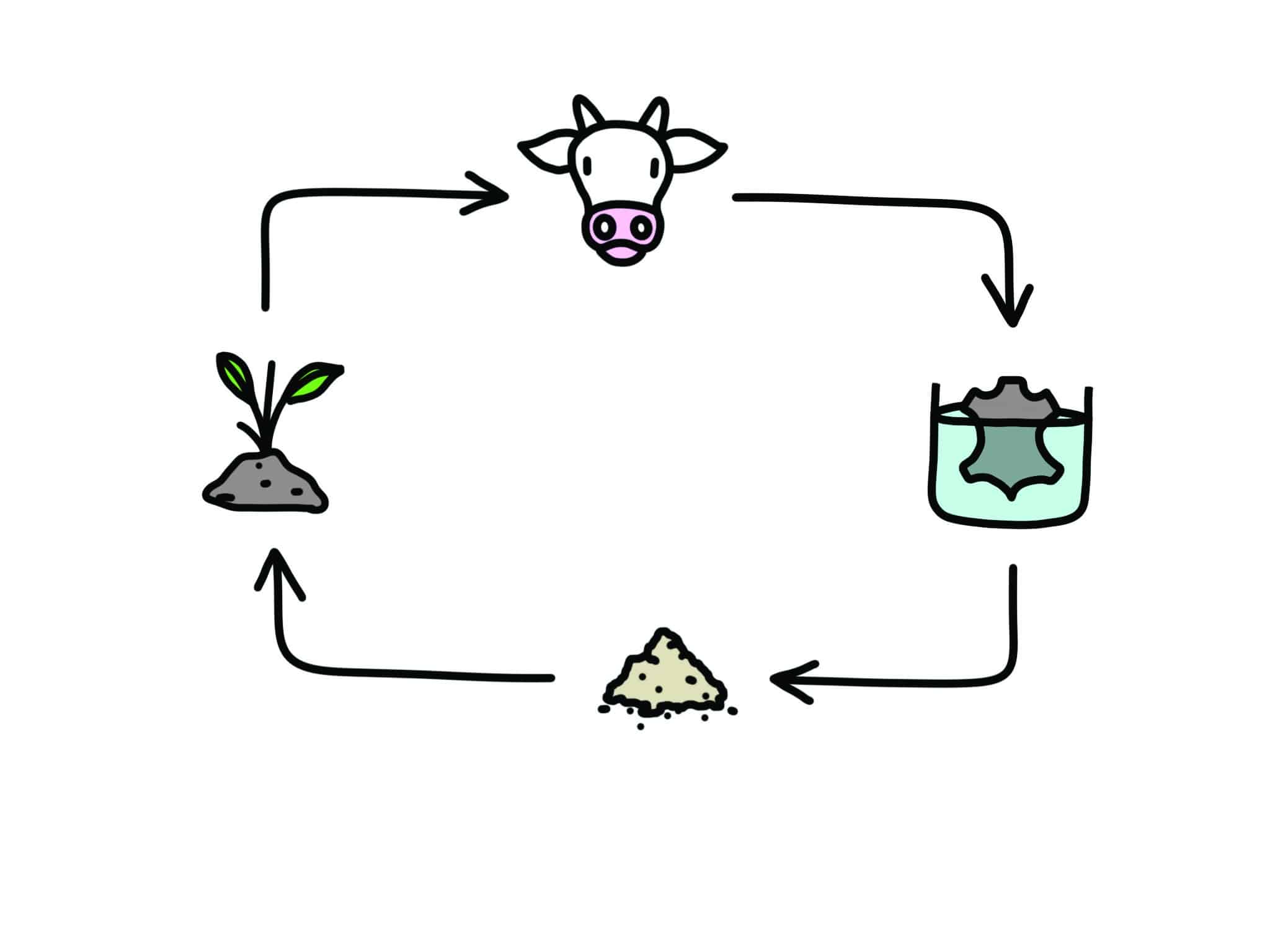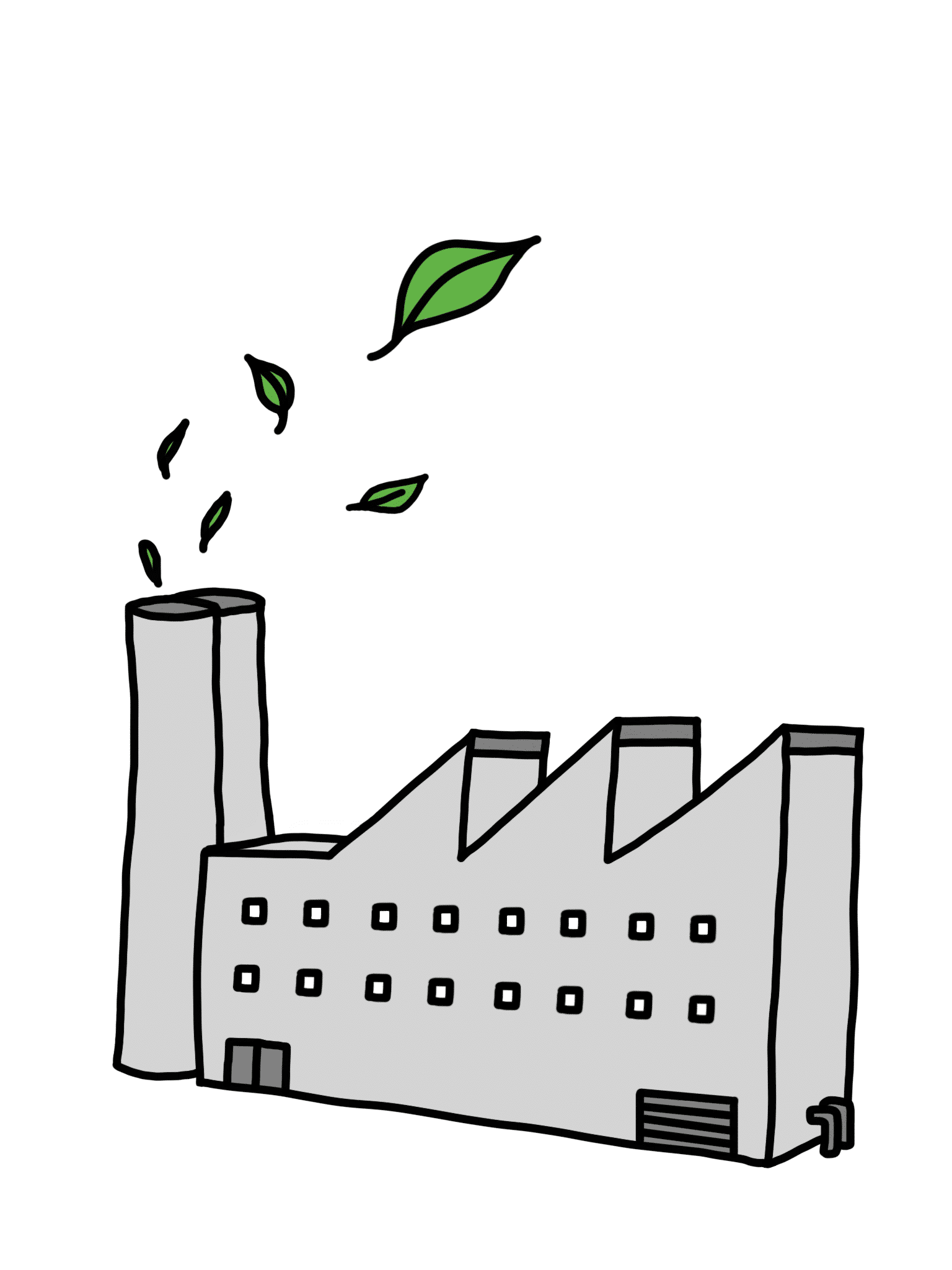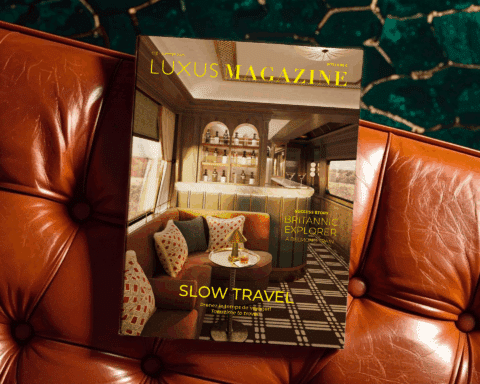Recognized for its durability and resistance, leather is still a victim of misconceptions. That’s why the French Leather Council (FLC) has set out to re-establish the truth about this natural material with unique properties. To see whether or not leather retains the affection of the general public, the FLC has even launched a study in 2021 on the perception and uses of leather by the French. Explanations.
Received idea number 1: Leather gets damaged quickly.
This is not true. In fact, leather products can be kept for years. 63% of respondents to the FLC study believe they can keep a leather product for a very long time (compared to 39% for a textile product, 19% for a synthetic product and 18% for a product made of emerging materials). Moreover, the number of second-hand leather items also testifies to their durability, recognized by 73.3% of the French.
Received idea number 2: The leather industry is a recycling industry
This statement is true. The leather industry is inherently a recycling business. Furthermore, in the tannery, during the river work that consists in cleaning the raw hides before tanning, the residues are recovered to be transformed into fertilizers, fuels, or technical gelatin.
Received idea number 3: We raise cows for their skin
This is not true. 100% of French and European skins come from animals raised for the food industry. Moreover, all farmed animals present on or transiting through European soil are identified and traced.
But above all, beyond strict regulations on slaughter, it would be nonsense to raise animals with the sole aim of recovering their skins, the value of which represents less than 5% of the price of the carcass.
Received idea number 4: Leather manufacturing pollutes
This is not true, French tanneries are industrial installations classified for the protection of the environment (ICPE). As such, they are subject to compliance with the Ministerial Order of February 2, 1998, on the withdrawal, consumption of water and discharges of all kinds.
Moreover, the tannery is subject to the Directive 2010/75/EU of the European Parliament and the Council called “IED” which aims to prevent and reduce emissions from industry.
Received idea number 5: Chrome 3 tanned leather can cause allergies
This is not true. In the world, more than 80% of leather is tanned with chromium, in its trivalent form, which gives it a very high resistance. In certain cases, and under certain conditions only, a tiny part of this chromium III oxidizes into hexavalent chromium (chromium VI), constituting an allergenic compound by skin contact and therefore regulated by the European Union in leathers in contact with the skin. Its threshold is fixed at 3 mg/kg.
Received idea number 6: The leather industry uses a lot of water
It’s not true. The leather industry uses 12 to 37m3 per ton of cattle but 60 to 70% of this water is used for the preparation of the hide. In Europe, this water is returned to the natural environment after treatment. It is important to know that tanneries have their own water treatment plant, or if not, they pay for the treatment provided by the municipality. In the last 20 years, these companies have reduced their water consumption by 60%.
This editorial is taken from the Spring-Summer issue of Luxus+ Mag.
More news and features in Luxus+ Mag paper version or online !
Read also > THE EDITORIAL BY CLAIRE DOMERGUE: GEOPOLITICAL RECOMPOSITIONS IN EUROPE AND THE WORLD
Featured photo : © Hermès


























